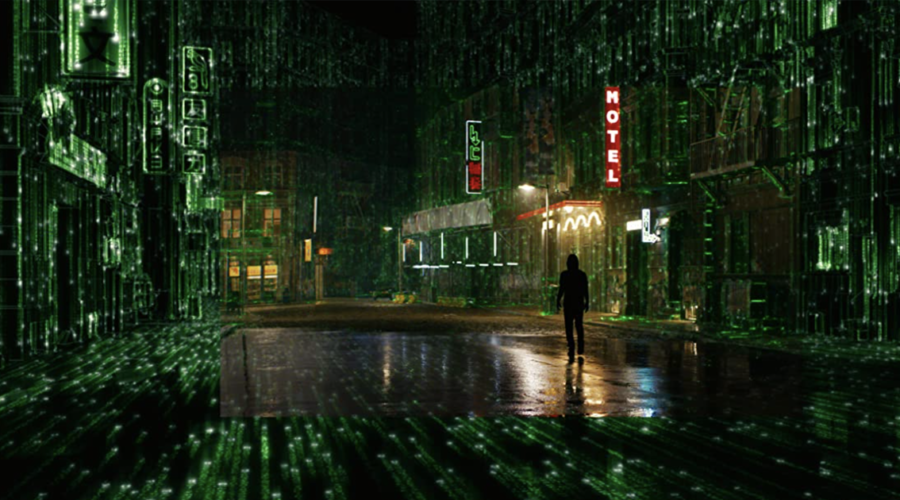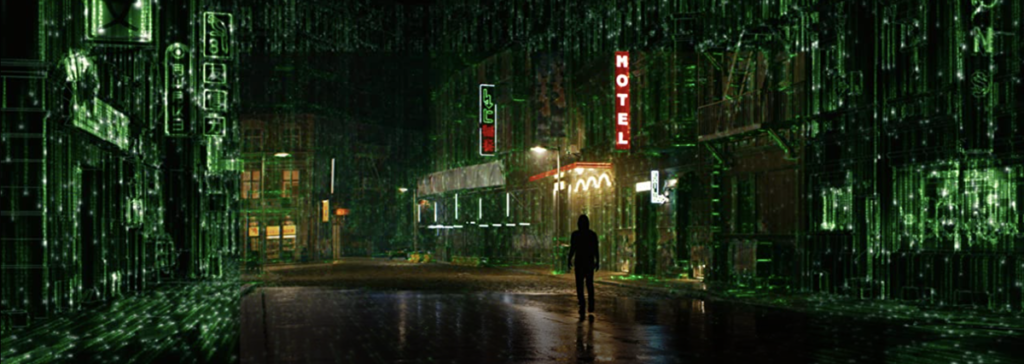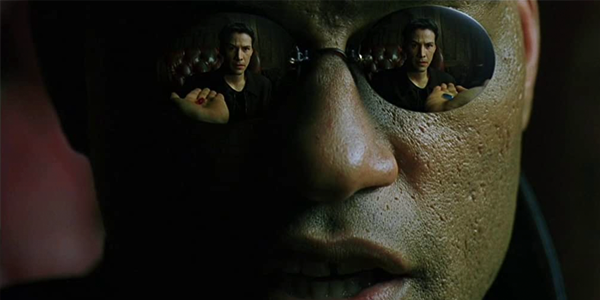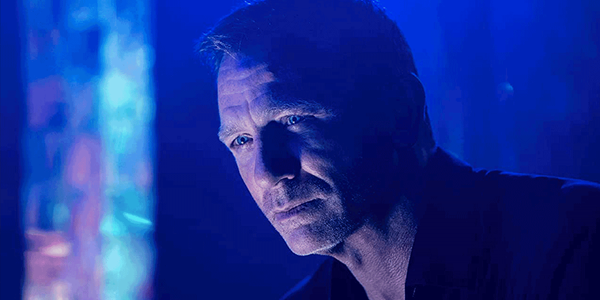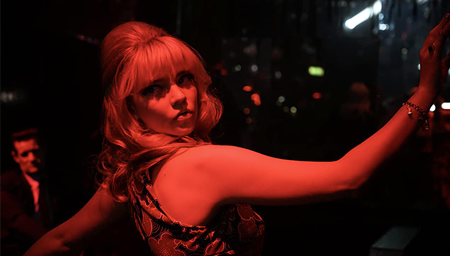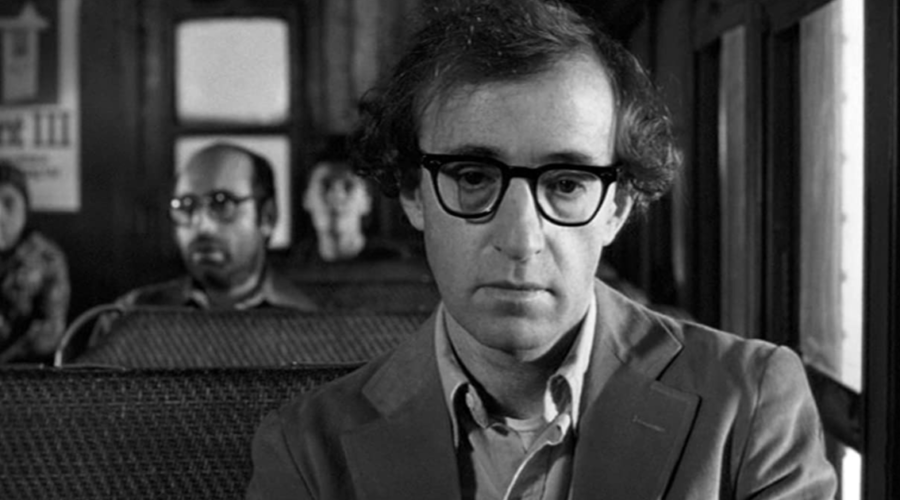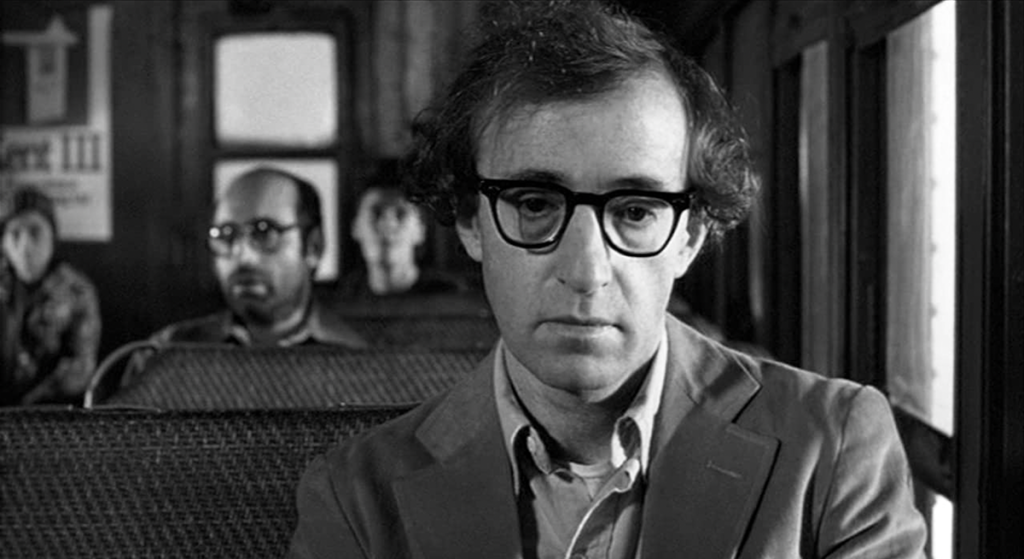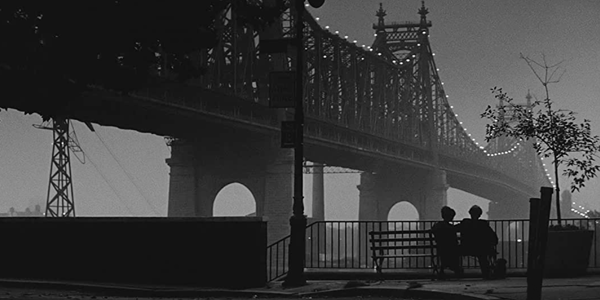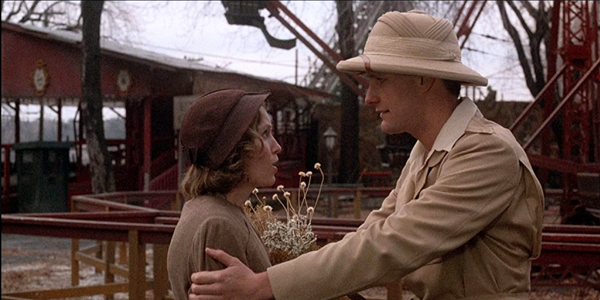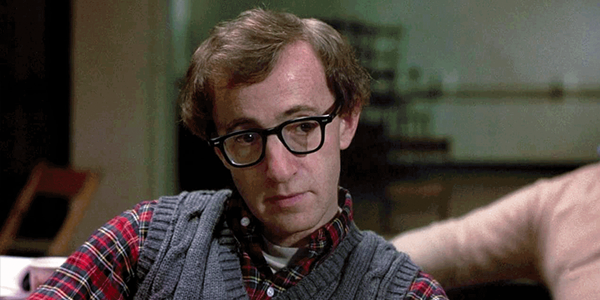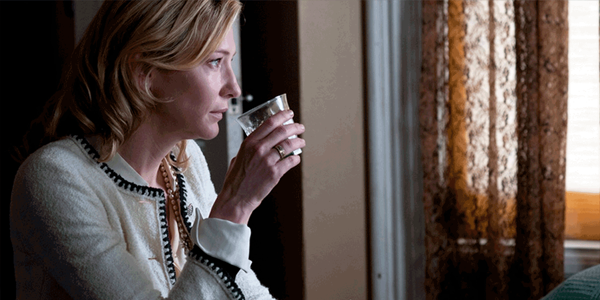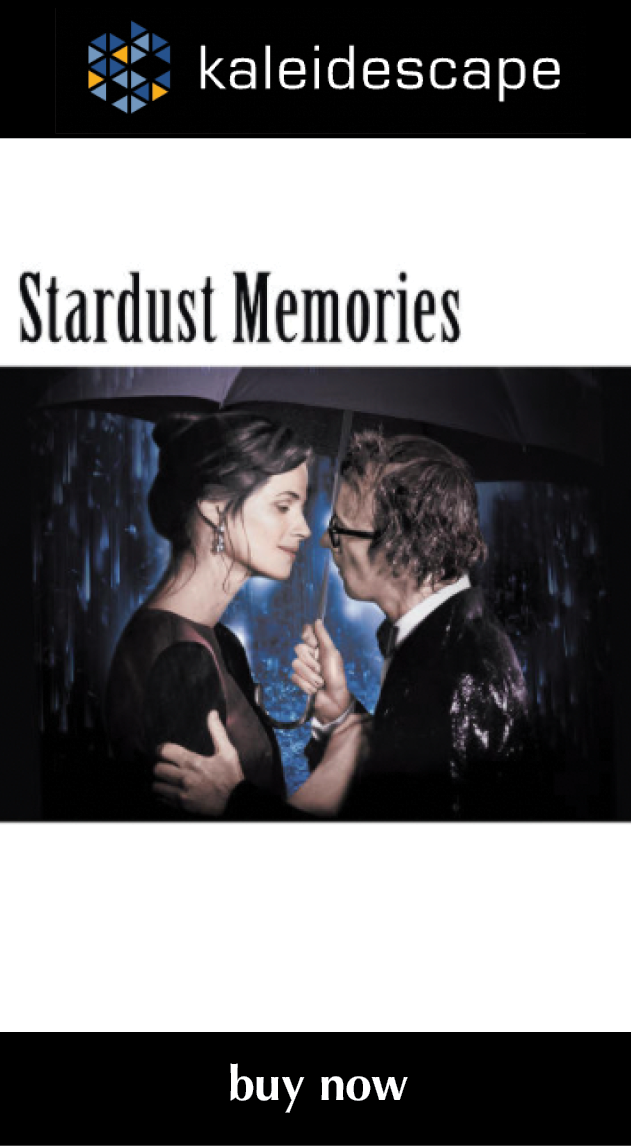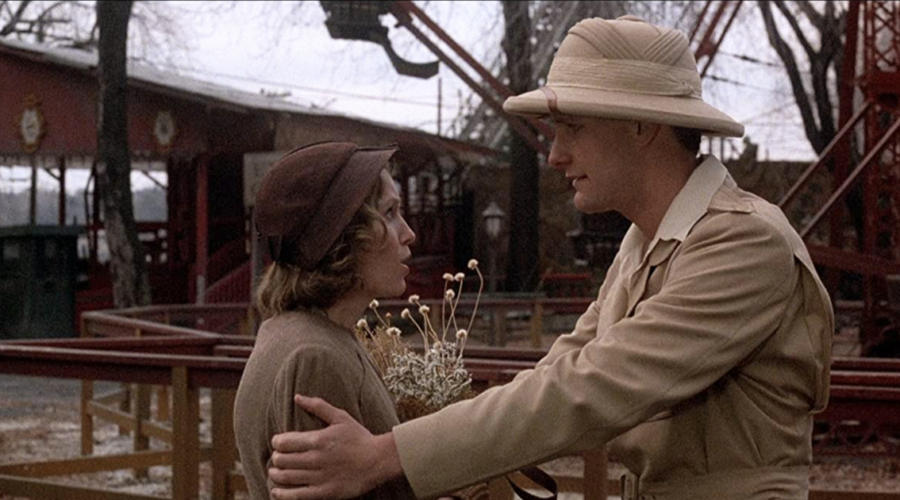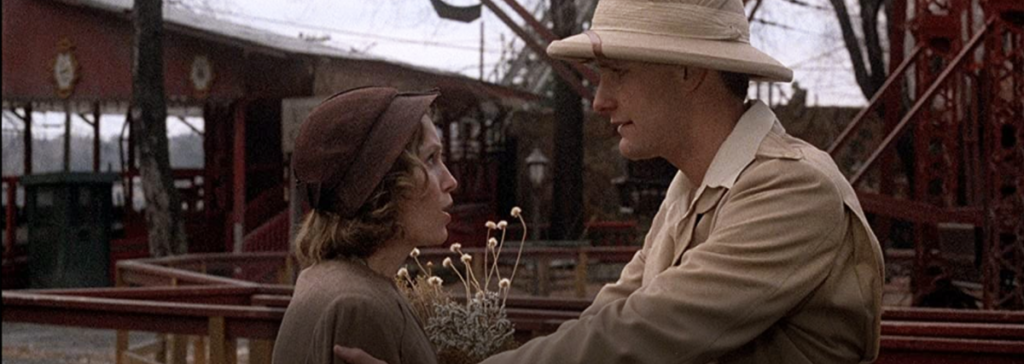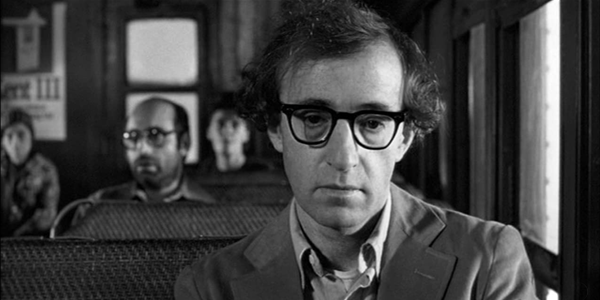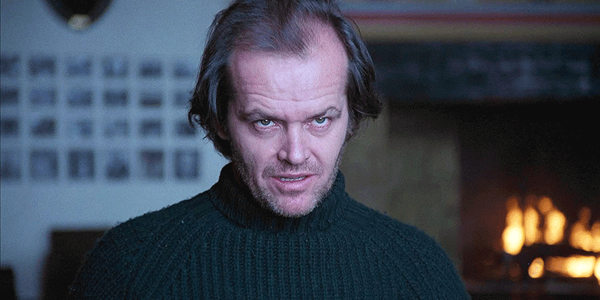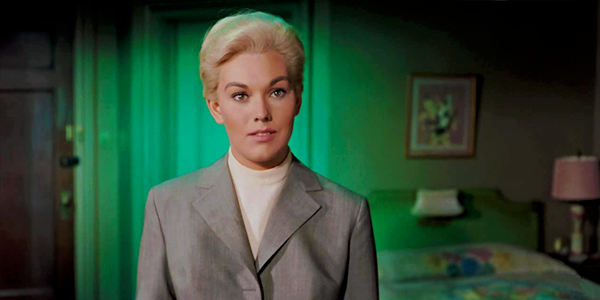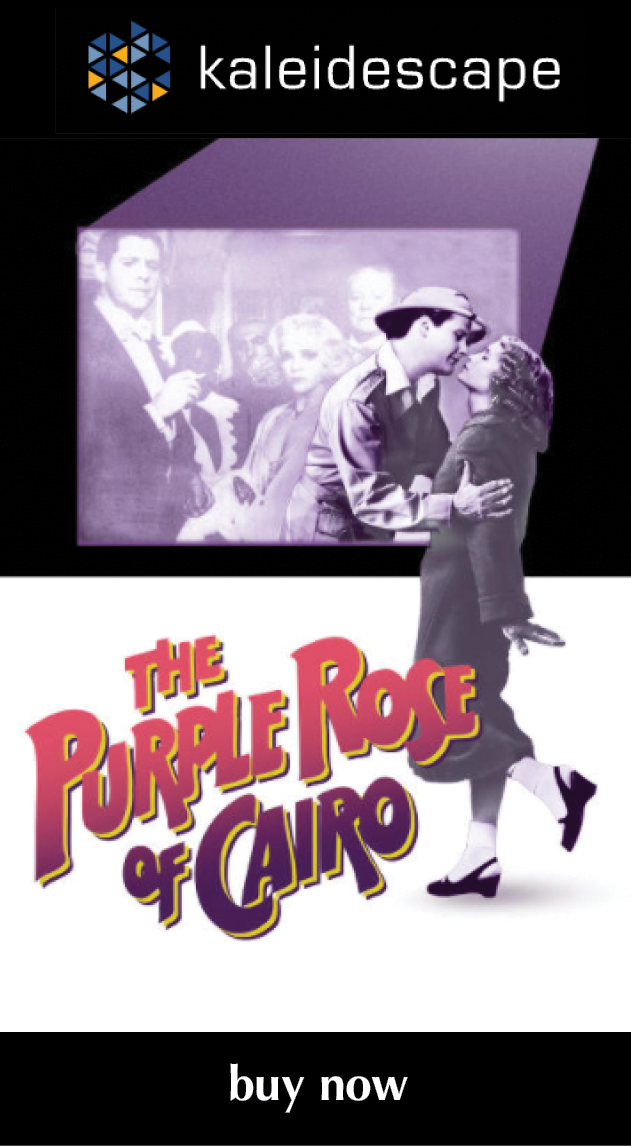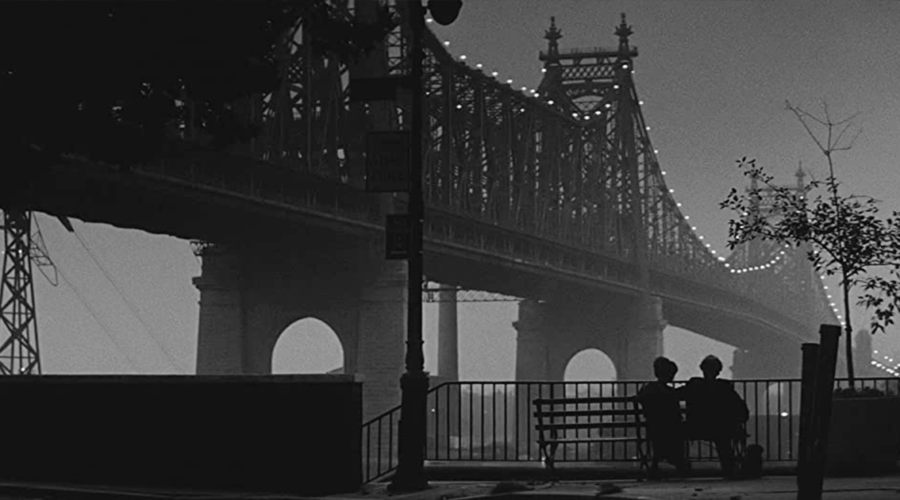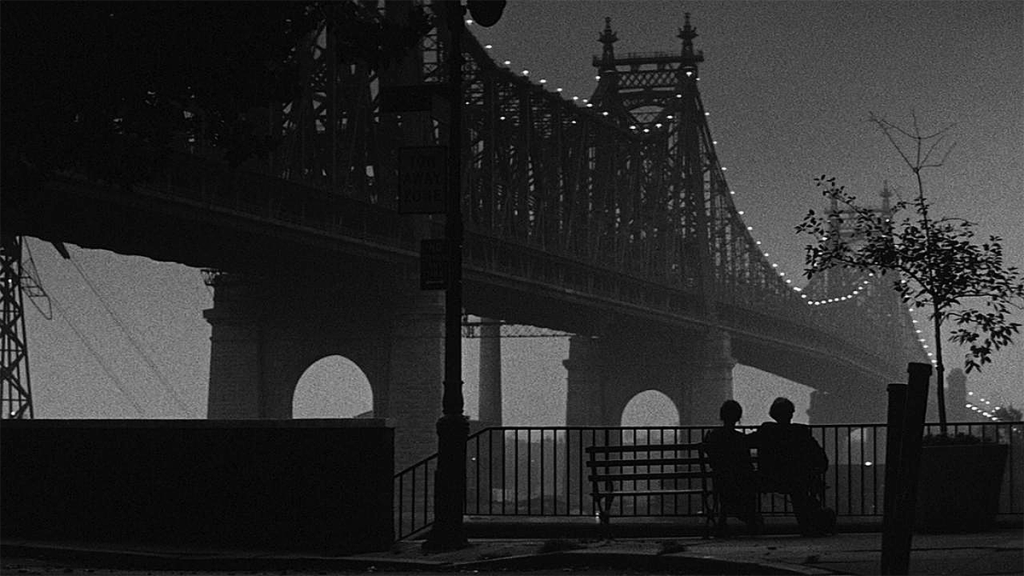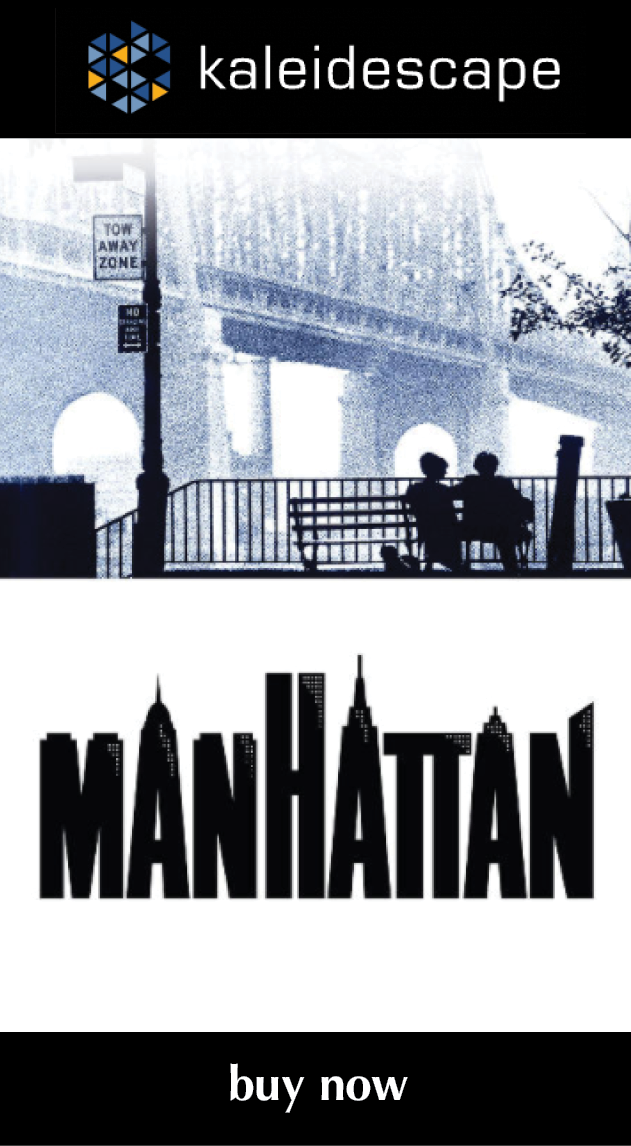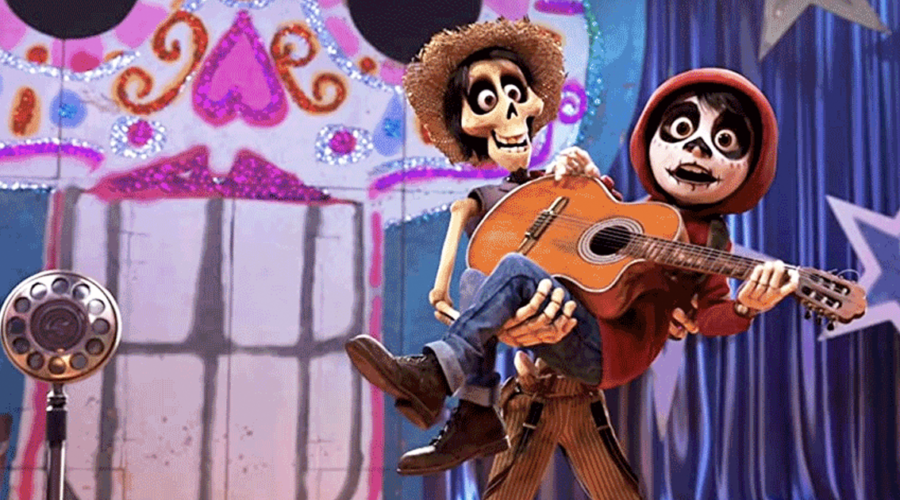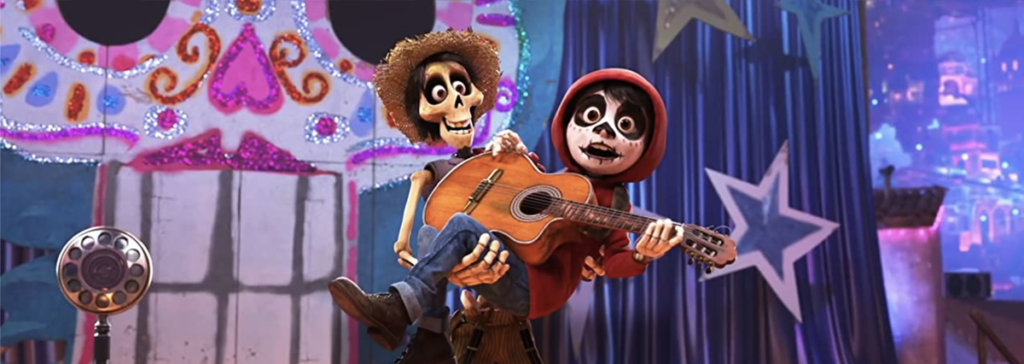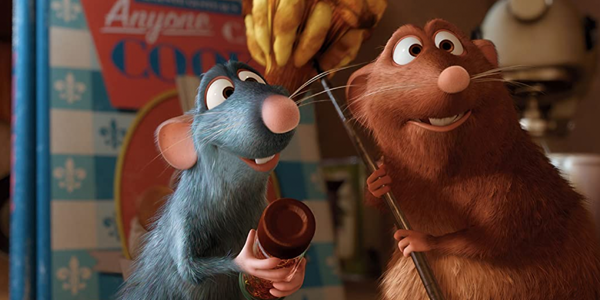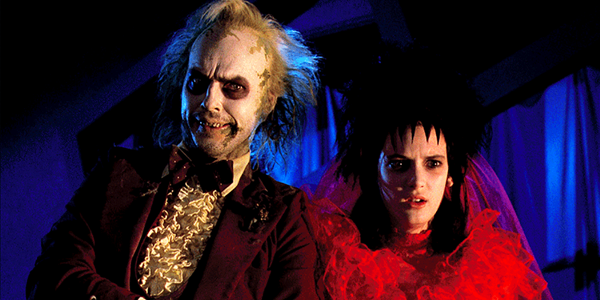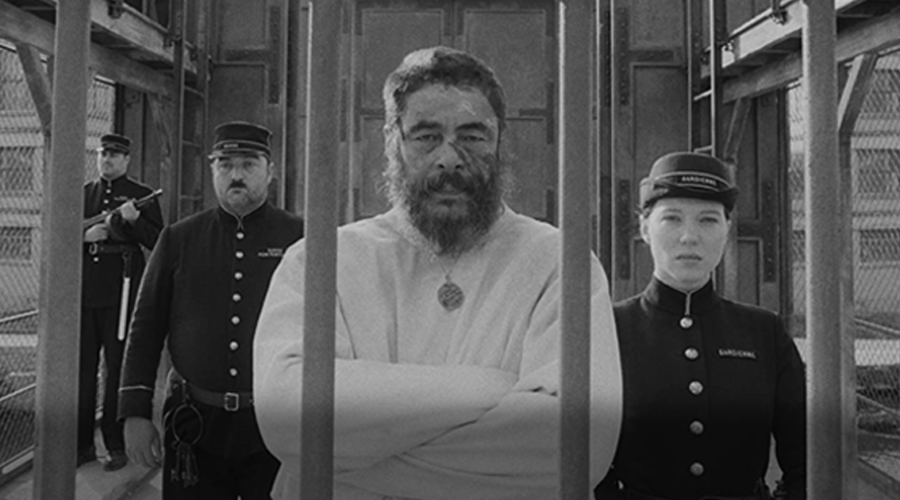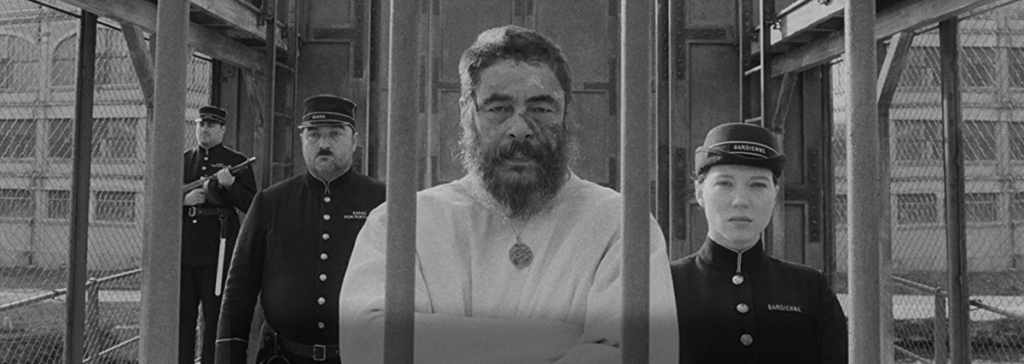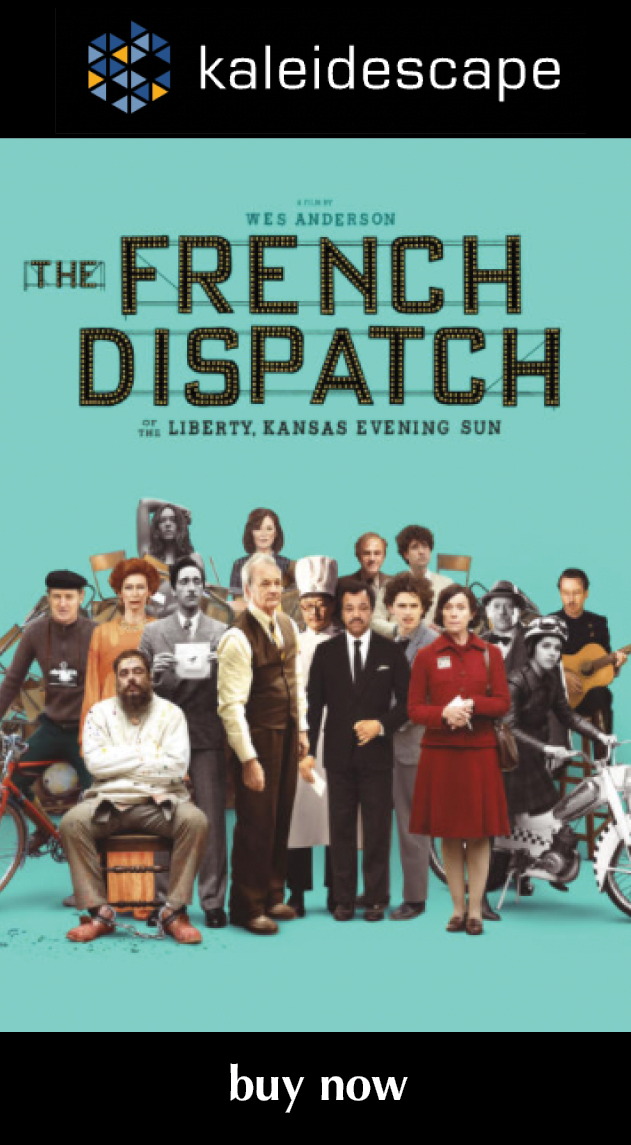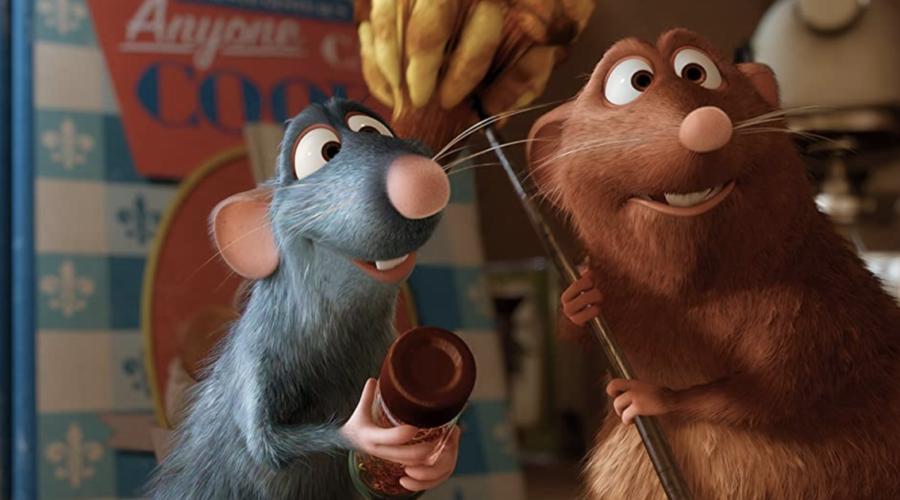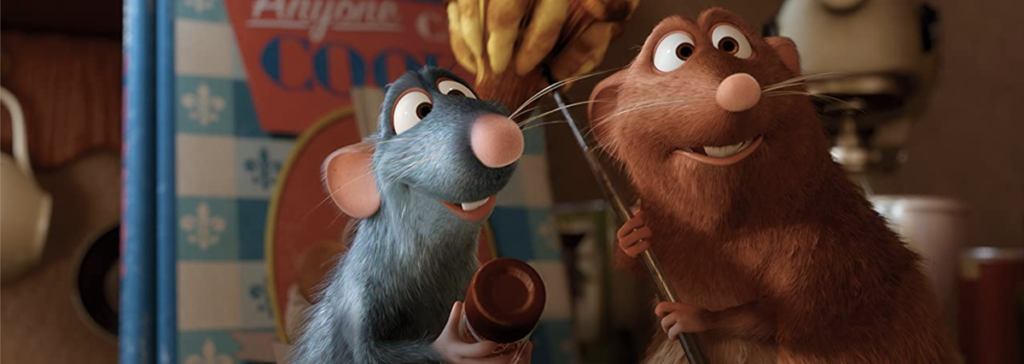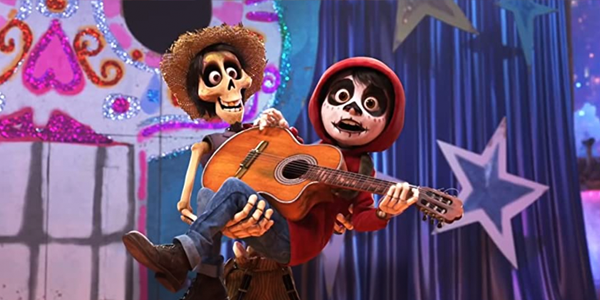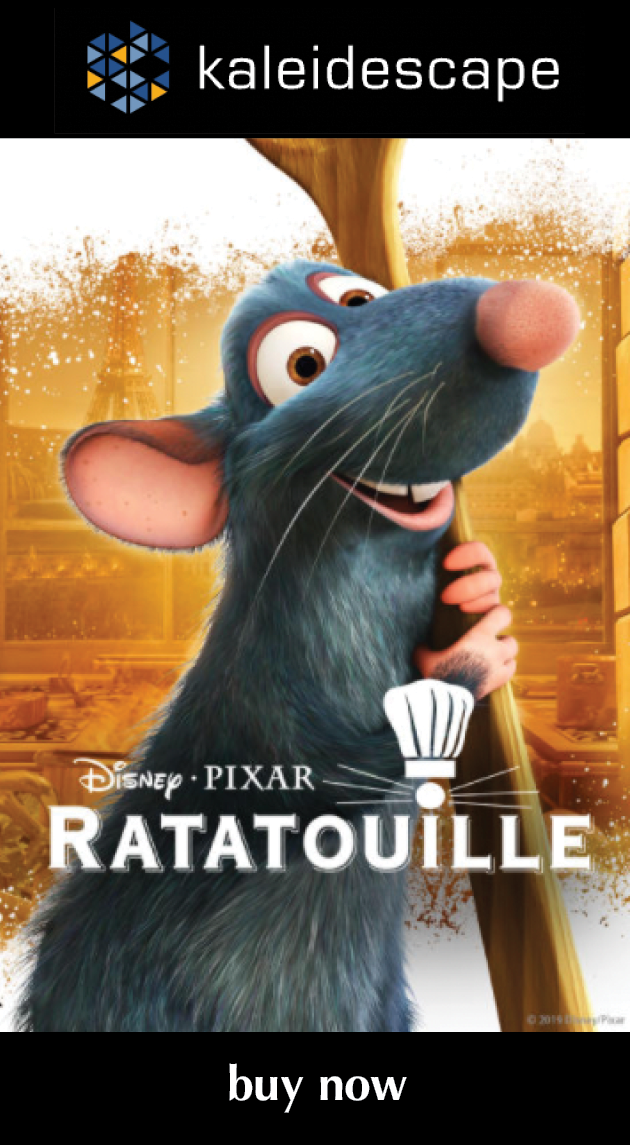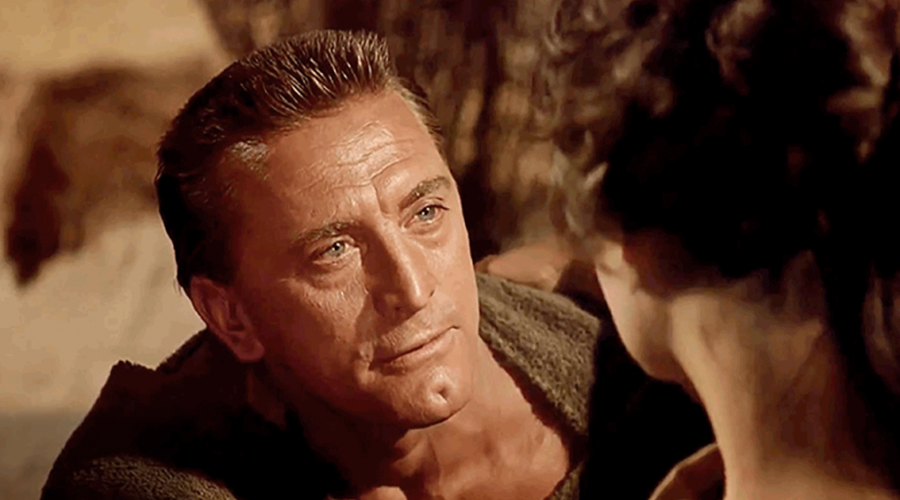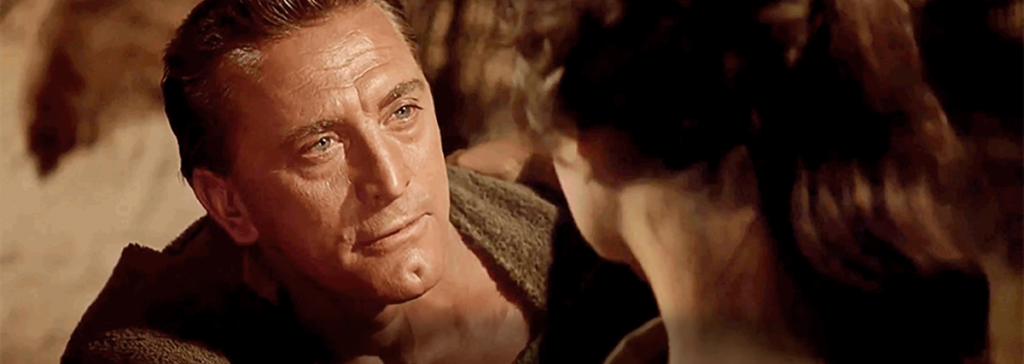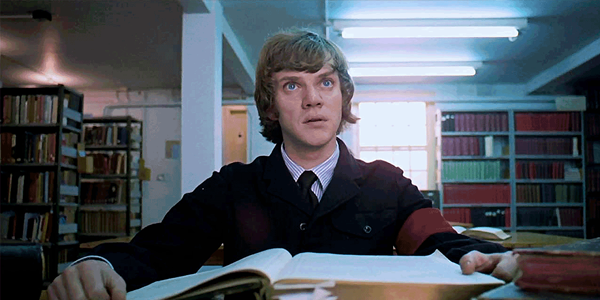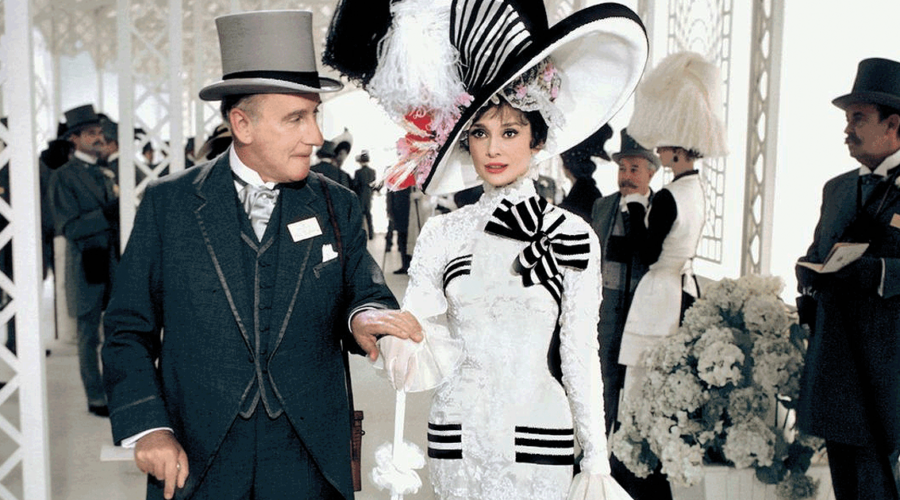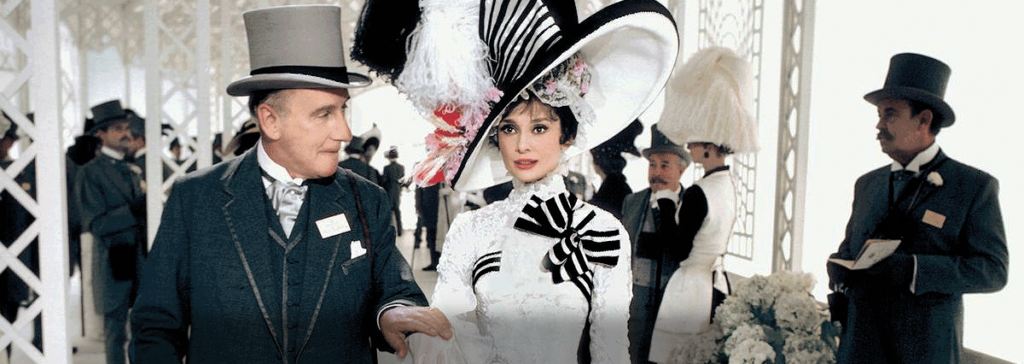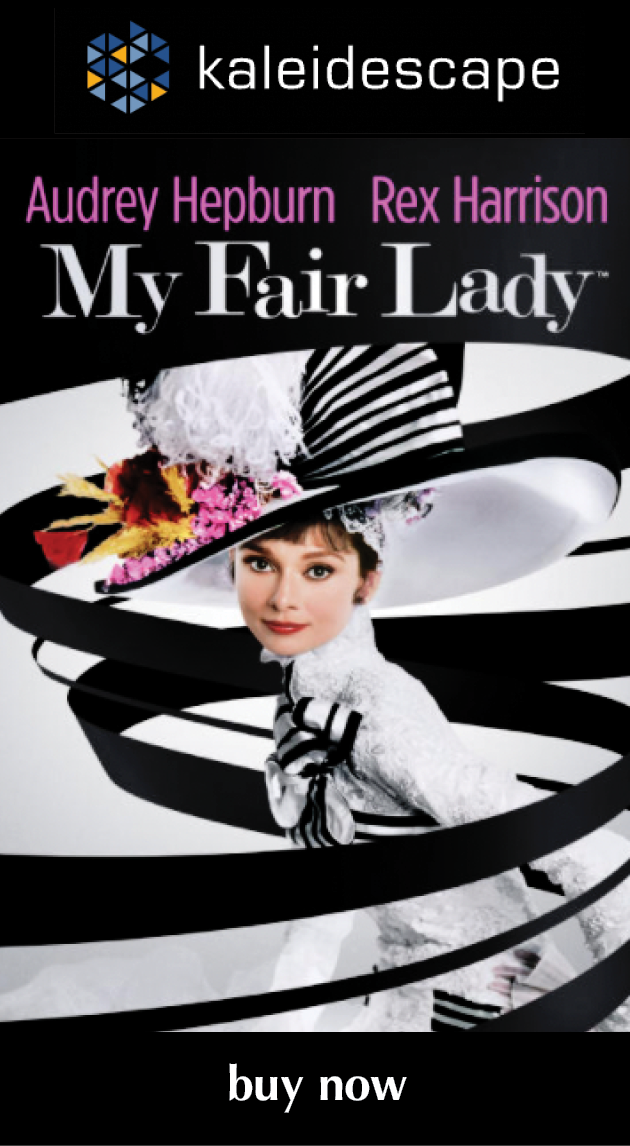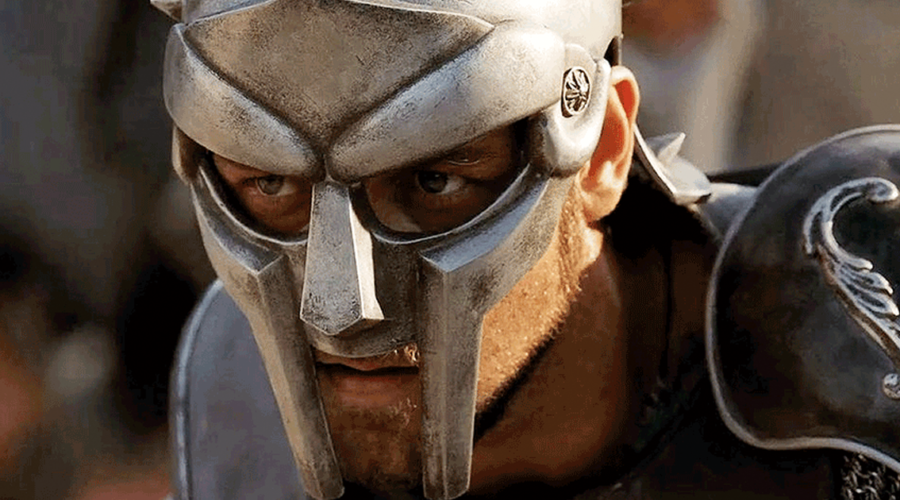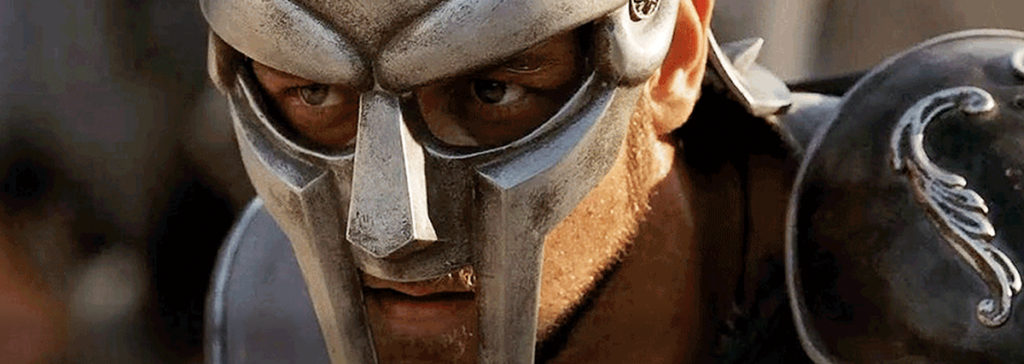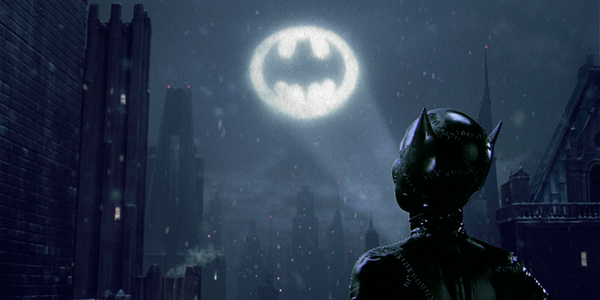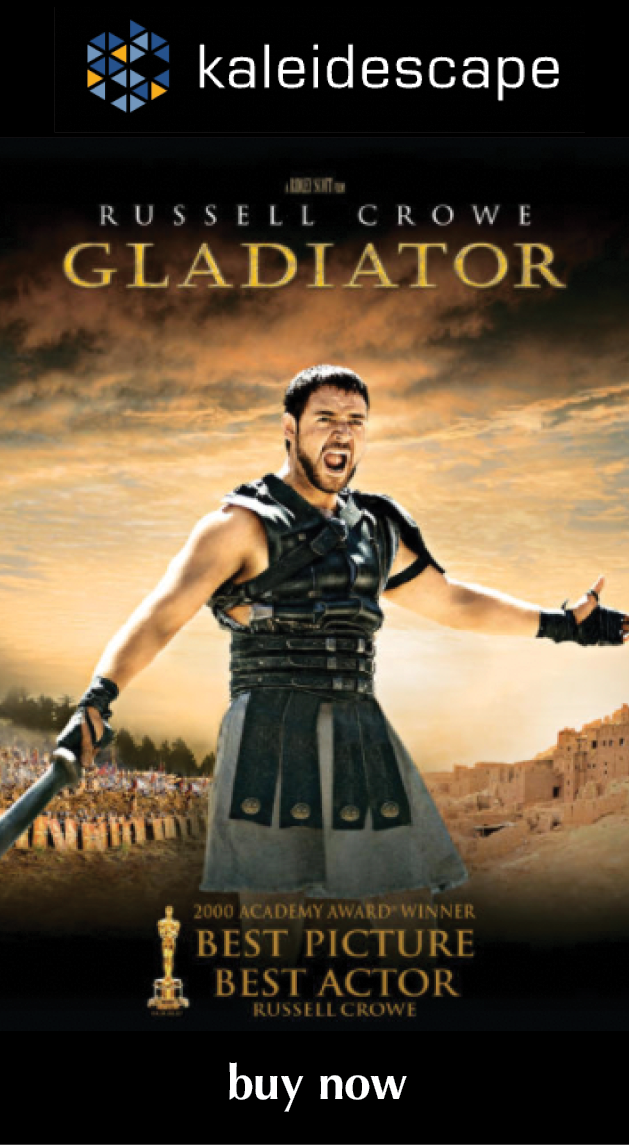Review: The Matrix Resurrections
After almost two decades, the Matrix is back, with a lot of flash, a lot of action, but not anything really new to say
by John Sciacca
December 23, 2021
(I don’t normally include this at the beginning but with this film being so new, and so many people being interested in watching it, I want to assure you this review is spoiler free!)
If you’re going to reboot and revisit a beloved franchise 18 years after the previous installment, you likely have one of two reasons to do so. One, you’ve got something new to add to the story that would otherwise be incomplete without it. Two, you’re looking for a cash grab.
I’m a huge fan of the original Matrix trilogy. The first film was startlingly fresh and original, gamechanging, and even genre-defining. While the second and third films didn’t push the boundaries of originality in the same manner, they definitely helped to complete the story. So I went into the latest film in the franchise, The Matrix Resurrections (which opened on December 22 both in theaters and streaming on HBO Max) hopeful and excited but also
. . . cautious. (Interestingly, this is the final film to get the HBO Max day & date treatment in Warner Bros.’ “Project Popcorn” experiment.)
While the Wachowskis—Lana and Lilly—showed incredible innovation with The Matrix, their subsequent films—Speed Racer, Cloud Atlas, and Jupiter Ascending—were all misses. While there were some amazing visuals (I can only imagine how Speed Racer would look in 4K HDR), the stories were plodding and just not interesting.
But this was The Matrix. And they were bringing back Neo (Keanu Reeves) and Trinity (Carrie-Anne Moss). And after 18 years surely they had time to work up a fantastic story and develop some next-generation effects techniques, and really push the story to the next level.
Right?
I’m just gonna say it—this latest entry into the franchise is a miss. It’s not a bad movie—in fact, there are some fun moments and a lot of nostalgic high points—it’s just that it isn’t a good movie. It offers nothing new and is basically just a retread of the first film, but lacking any of the originality, constantly trying to remind us just how Matrix-y it is and playing on our nostalgia by flashing up loads of flashback clips from the previous films.
As much grief as Star Wars: Episode VII—The Force Awakens got for being a retread of Episode IV—A New Hope, at least it introduced us to new members of the franchise that tried to carry the story forward. Resurrections really doesn’t do anything new for the Matrix short of essentially starting it over at Square One with a literal retelling of the first film’s opening and then ending on virtually the same beat as that film. It also spends several long minutes making sure you know just how meta, hip, and self-aware it is, with characters explaining why the first Matrix was so good, fresh, and original and what it was really a metaphor for.
Where the original trilogy grabbed you right from the beginning, I just kept waiting for this new film to get going and show me something—anything!—that was new. Don’t get me wrong, it was great to see Neo and Trinity back together (though we barely get to see much of Trinity really being Trinity); there were some nice call-backs to other characters; and Neil Patrick Harris is a cool addition as Neo’s—I mean Thomas Anderson’s—analyst. But it felt like just as the movie was about to get good, that’s when it ended.
As mentioned, I’m going to be really careful not to spoil anything here, as anyone wanting to see Resurrections should certainly have the right to go in fresh. So let’s just say years have passed since the events that concluded with The Matrix Revolutions. Thomas Anderson (Reeves) is an incredibly successful video-game designer famous for developing a trilogy of games about the Matrix. He regularly visits a coffeeshop where he waits to watch a woman named Tiffany (Moss) he is oddly drawn to, but never approaches. Anderson struggles with reality and frequently visits his analyst (Harris), who prescribes him blue pills that help him keep his dreams/nightmares at bay. He also tries to balance the work demands placed on him by his partner Smith (Jonathan Groff), who wants to develop a new Matrix game.
One thing you can’t say about Resurrections is that it doesn’t look good. Shot in a combination of 6K and 8K resolution, this transfer is taken from a true 4K digital intermediate and has a Dolby Vision HDR grade, resulting in terrific picture quality throughout. Only during one scene near the very beginning did I notice a bit of posterization when characters were in a dark area with some haze and bright flashlights. This probably had more to do with HBO’s streaming compression than any fault in the source material. For the remainder, images were incredibly clean and clear, with razor-sharp edges and loads of detail.
Closeups reveal the most detail, and you can really appreciate the craftsmanship that went into the costume design. Notice the turquoise-blue collar stitching on one character’s suit or the individual swirling metallic spheres that comprise other characters. The special-effects work on things like the Sentinels has also progressed where they look more like machines than CGI, and that green tint/cast that overlayed the original films has been replaced with subtler, more suggestive lighting cues like neon lighting.
The Dolby Vision HDR grade is used to great effect to really pump the bright highlights and colors. Subtle things like the glinting reflection in a character’s eyes or the highlights from sweat glistening on sunlit faces have more pop, along with more overt things like spotlights, sparks, or blasts of electricity. I also noticed that scenes within The Construct are much cleaner now. Where they were riddled with bits of digital noise in the first film, here the all-white room is brighter, cleaner, and noise-free. Colors are also really saturated, with things like glowing neon lighting, fireballs, and explosions that are vibrant bright red-orange, or the glowing angry red lights of the alien machines, or the golden orange-bathed sunset scenes in San Francisco, or a room that glows with light from hundreds of candles. Near the finish is a large outdoor battle scene shot at night that just explodes with color and highlights.
Streaming audio can be a bit of a mixed bag, and while this was mostly good, I definitely felt it was missing the dynamics and punch compared to the disc or Kaleidescape-based Dolby TrueHD track. The dynamics were most lacking in gunfire, which just didn’t seem to have the same bang! Whether this was a limitation of the streaming or a choice made in the mix is a question we won’t be able to answer until Resurrections becomes available in a format that offers higher-resolution audio.
Even with that nit, there’s plenty in the Dolby Digital Plus Atmos track to make it entertaining. Vehicles flip up and overhead, objects fall out of the sky, helicopters swirl and hover, spent brass shell casings rain down from above, voices literally circle all around you or are placed high up in the room when appropriate, echoes help define the listening environment, and there are creaks and groans all around as an elevator descends. If you define the success of an Atmos mix on how much sound happens above you, then you’ll find Resurrections much to your delight. While the bullet cracks lacked dynamics, explosions had plenty of depth and authority, and your subs will definitely rattle the room and punch you in the chest when things blow up, concrete and stone shatters, columns collapse, and debris and destruction rains down around you.
The Matrix story was certainly complete without this latest entry but I don’t regret the nearly two and a half hours invested in watching. As Morpheus said more than 20 years ago, “No one can be told what the Matrix is . . .” Similarly, you should really check this out and make up your own mind about it. While it might not do anything to move the story forward, it was certainly great to see two beloved characters back on screen together; and for HBO Max owners, The Matrix Resurrections offers something visually dynamic and sonically exciting for your home theater. Take the Red Pill and give it a try. Maybe just wash it down with a nice glass of single-malt scotch.
Probably the most experienced writer on custom installation in the industry, John Sciacca is co-owner of Custom Theater & Audio in Murrells Inlet, South Carolina, & is known for his writing for such publications as Residential Systems and Sound & Vision. Follow him on Twitter at @SciaccaTweets and at johnsciacca.com.
PICTURE | The HBO Max presentation is from a 4K digital intermediate and has a Dolby Vision HDR grade, resulting in terrific picture quality throughout.
SOUND | The audio is definitely missing some dynamics and punch but there is plenty in the Dolby Digital Plus Atmos track to make it entertaining.
Sign up for our monthly newsletter
to stay up to date on Cineluxe
© 2023 Cineluxe LLC
